Spin-offs of any game reinvent the original with surprising changes in themes and gameplay. While there is no shortage of variants that stick to the familiar word game formula, quite a few developers have also taken the liberty to embrace its essence but transform the entirety of its design. Let’s take a look at Globle, such a fluid variant of Wordle.
What is Globle?
Globle is a riff on Wordle by a web developer who goes by the nom de guerre “The Abe Train” in which the gameplay involves guessing a “Mystery Country” based on the hints given by the system. It is a geography-based daily guessing game in which an interactive fun-sized globe is delivered to us to spot the mystery country of the day.
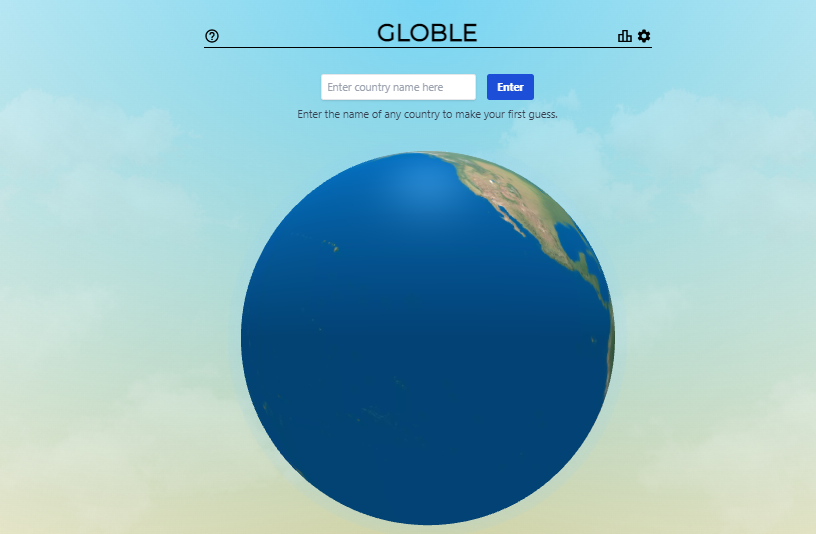
While there might be only 197 possible “right answers”, it is nearly impossible for all the players to know all of them; even if you know all the countries by names, it is again up in the air whether you can make the right guess based on the relative position revealed through the hints in the game. I know I don’t, so, let’s see how well I fare in the game when we test it out momentarily.
Where to play Globle?
Globle can be played online on the host page at globle-game.com, on any web browser. It goes without explanation that most devices that support web browsing, and with an active internet connection can be used as the medium to reach the game. This includes Android and iOS devices (phones, tablets and TVs), and computers.
- Play Globle at globle-game.com or click here to go the game.
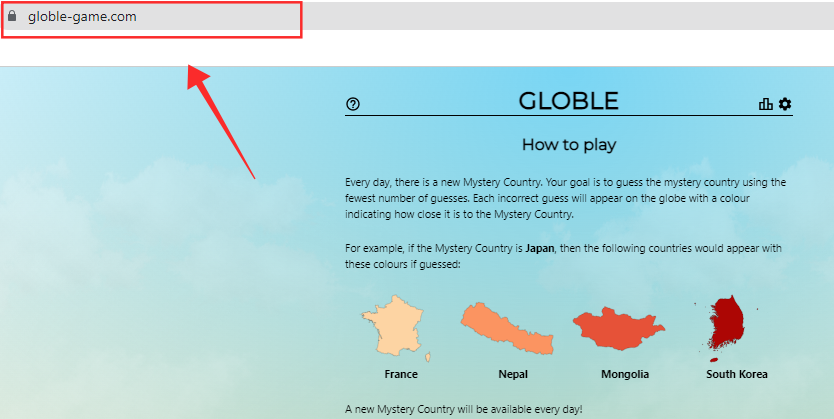
Global game rules: Overview
Globle is more of a spectacle than Wordle in terms of the user interface, interactions, and the general theme. So, let’s take a closer look at the similarities and dissimilitudes that tie up and set it apart at once from the original game.
Globle game modes
Globle is a daily game, that gives you one challenge a day, the same one for all players on the given date. The challenge is to locate the “mystery country” on the virtual, spinning globe. At present, the Globle game is limited to guessing countries, while the settings show a toggle button to switch to Globle “mystery city” mode. However, it is only in the development stage, but anticipated to become a part of the daily challenge without much delay.
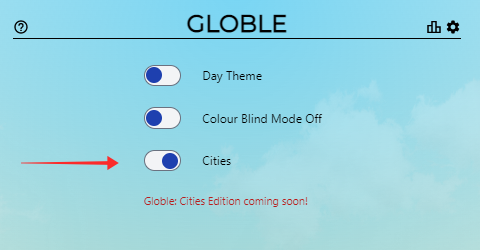
Globle game rules and hints
Even though there is a limit set on the number of games you can play a day, there is no upper limit to the number you guesses you can make to solve each challenge. So, while it takes after Wordle’s familiar game characteristics, it at once departs from the seed game by allowing guesses unmeasured in the game.
When it comes to the hint system, the green-gray-yellow colored hints are completely eliminated in Globle. It uses a different set of shades to cue the player about their progress. For instance, if the mystery country of the day is Japan, then the the guess-countries you enter get feedback based on their proximity to the mystery country. As we can see in the demo below, for Japan as the mystery country, if you enter England or France as the guess, it gets a pale peachy highlight to signify its distance.
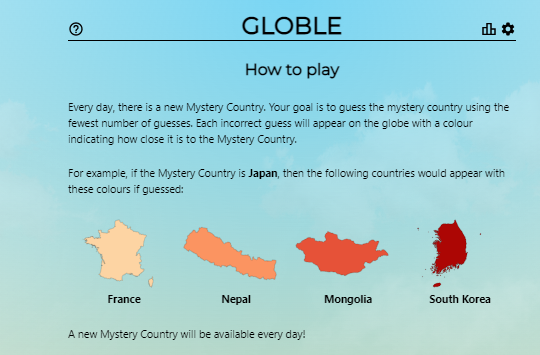
The colder your guesses, the paler the feedback color gets, and the closer you get to the correct location, the warmer the guesses and deeper the feedback color. For Japan, countries like South Korea and Russia would get burgundy colored highlights if you enter them as the guess.
How to play Globle game
SPOILER ALERT: The section below contains the solution and hints to the Globle challenge dated March 16, 2022.
A good understanding of the world map and all the 197 countries in the world is a prerequisite to winning the game if you wish to achieve the feat without cheating. Otherwise, it might be the right time to dust off your old bedside globe or map for reference. Let’s play a game to experience the gameplay rather than going through empty narrations.
To start playing, you just need to tap the globe in the landing page of the game.
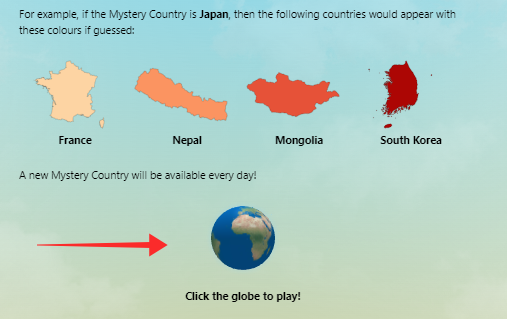
The first guess on Globle
Once you are in the game, you will see a giant spinning globe in the middle of the screen along with a text box to input your guesses.
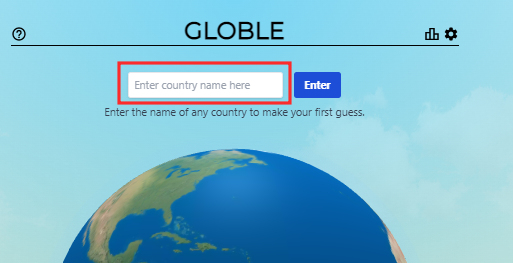
The first guess on Globle, like on Wordle, is to be blindly made by the players. The game doesn’t give out any indicators regarding the mystery country at the beginning of the game. The first guess can hence be a random pick from any of the countries in the world.
Let’s go with a random pick, “Malta”, for our first guess and submit it to the system using the text box. In response, we get two pointers — 1) feedback for the entry “Malta” is the “closest” so far to the mystery country; 2) to zoom in, drag, and adjust the globe to take a closer look at the country entered as the guess and its surroundings.
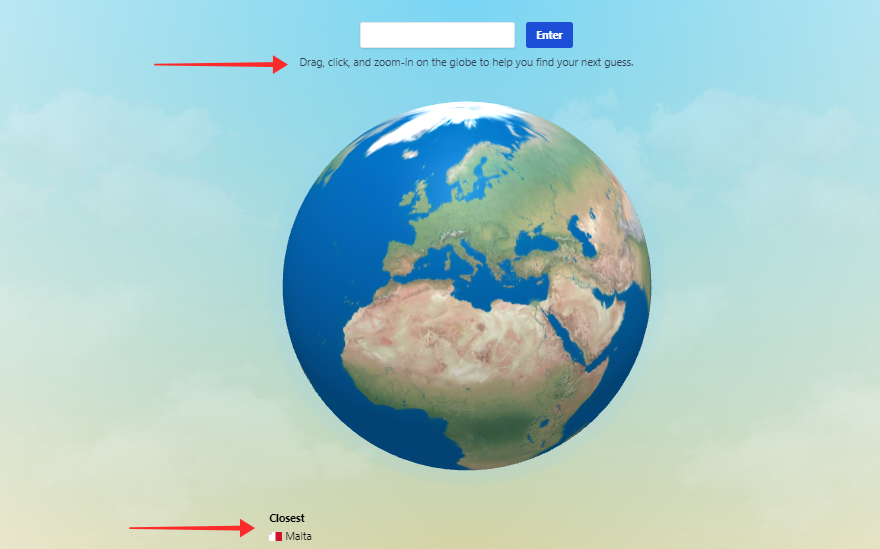
Globle is completely visual and knowledge-based, as there is neither an embedded keyboard nor a process of letter elimination involved to “discover” the nature of the guesses you make. You can only rely entirely on the map and trust your ability to read it and locate with precision.
You may click on the guess-countries listed in the order of entry at the bottom of the page to quickly go to the location. Allow me to explain why this comes in handy. If we take the current game for instance, all I know about Malta is that it is an island in Europe, but, it is sure to consume too much time if i aimlessly search for a tiny blip in the Mediterranean sea on the globe. To avoid such hurdles, use shortcuts when possible — which here is merely jumping right to the landmark.
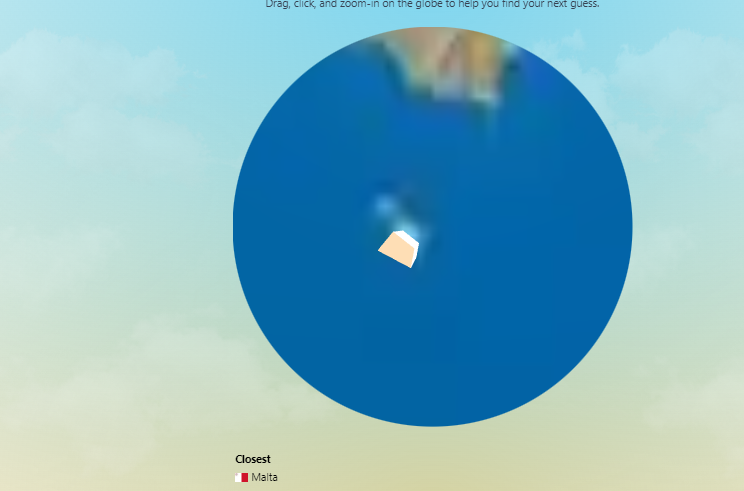
Once you reach the site you pinned, it reveals the color-feedback. In this instance, it is a pale peach color, meaning, my first guess, Malta, by proximity is nowhere too near the mystery equation.
Progressing moves on Globle
The feedback received by each guess you make should be the fodder for your subsequent guesses. Like we just discussed, if a country you enter receives not-so-good “light colored” feedback, then, it is recommended that you don’t stick around the place but venture elsewhere away from it. Head East, West, North, or South…doesn’t matter as long it is away from the location pointed as an unhelpful guess.
Of course, the warmer your guesses get, the more you need to adjust the strategy like linger and dip a toe to test the waters. However, you should never lose sight of the premise of the game, because the challenge is to solve the puzzle in the least number of moves.
So, based on these aspects, let us try to solve the challenge. I take my guess to the other side of the same plane by betting on Mongolia, which again turns out to be an unhelpful guess (pale peach). Then, perhaps the next move should be more focused on someplace in between both — maybe Ethiopia? But, Ethiopia also turns out to be a guess that doesn’t quite pan out the way I expected.
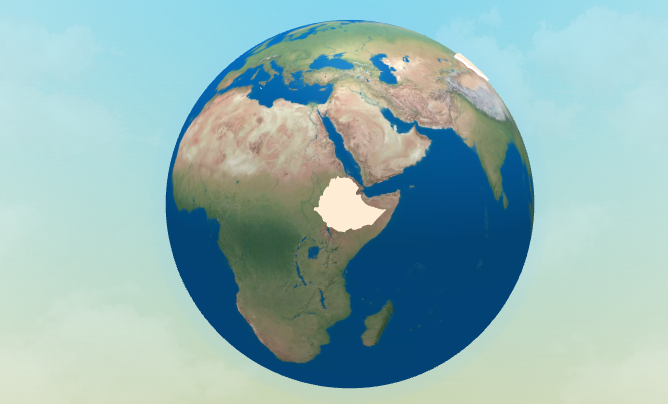
On the basis of game, it can be deduced that awareness of the map and planning can make or break your moves.
Bring out your cheat sheet
Not everyone has a photographic memory of the world map embedded in their brain. Hence, it is no shame to keep a couple of side tabs open on your browser for Google Maps, and images of the Atlas or world maps. Using a map as references adds a direction to your guesses. In fact, using a map doesn’t really make the gameplay any easier, as you have to make conscious and well-thought-out decisions to make each follow-up guesses.
Compartmentalize the globe into all possible segments — the hemispheres, poles, east and west are somewhere to begin. Breaking the map into segments gives you a better view of each portion to imbibe the map a little better than losing details when studied as a whole. With that in mind, let’s make the fourth guess in the ongoing challenge, and thus we land in Canada.
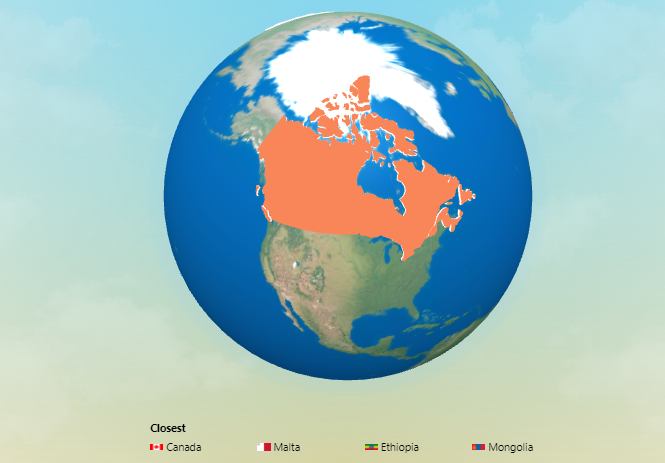
How to find clues on Globle
Canada turns out to be a “warm” guess, marked “Closest” by the system to the target country. This points out the error in judgement I made in my third guess, when I decided to input Ethiopia as the guess. Let’s analyze why it was a blunt move, now. Because Malta (1st guess) received a cold response, I jumped to a location on the other side of Eurasia. But, when Malta retained the title as the closest country to the target location even after Mongolia was brought into the picture, in the third guess, I should have headed to the other side of Malta and instead of trying to fish between both Malta and Mongolia.

In simple terms, keep your eye on the country marked “Closest” while making each move on Globle. Stick to an area in between two guesses only if both the previous guesses (under consideration) get warm or at least lukewarm reaction from the system.
Pinning down the mystery country
By the time you have entered three to four guesses, a vague impression of which fragment of the map the mystery country belongs to naturally follows. Branching out in guesses is important to accomplish this.
Lay down landmarks on important quarters or segments in the map (depending on the method you have followed to compartmentalize the globe). Compartmentalizing is conducive to forming perspective in the game, and thereby determines the number of attempts you have to make until your guess turns out to be the solution. For instance, in the ongoing game here, we started in the Center, flashed past the East and quickly locked in on the West.
Now that we have something of a solid lead with Canada, let us try to nail the location down without wasting more moves. Once we arrived in Canada, we have enough information available (based on the previous guess, Mongolia) to conclude that the mystery country is not located further up the Northern Hemisphere. Hence, let’s test it out by taking up Colombia as the next guess.
It won’t be wrong if you decide to take extreme point jumps on the map at this phase, but this depends on the intensity of the colored feedback received by the “closest” country to the target location in the game. Canada, in this case, is pretty warm in terms of proximity, hence, taking tiny steps seems to be the appropriate move.
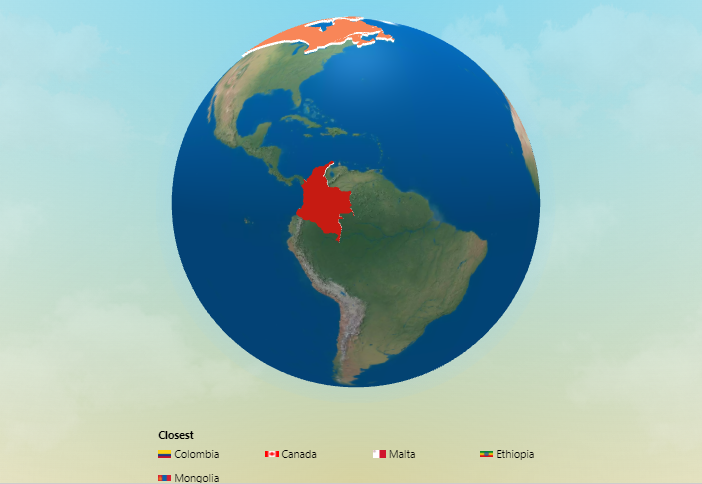
The closer the guess, the darker the highlight color gets. As Columbia returns with a dark brown, (still not burgundy), we can deduce that the mystery country is located in South America. Once you have zeroed in on the locale of the country in a segment, make sure not to make extreme moves — especially not to other sides or segments. Extreme jumps will cost you additional moves like how the entry Paraguay pushes our progress back into the cold zone.
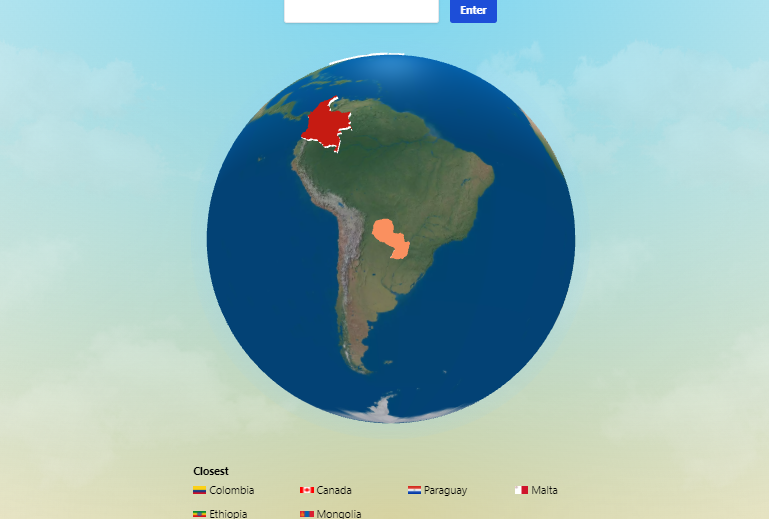
Make guesses to the left, right, up, and top depending on the feedback to make the gameplay lead itself to the mystery country. Once your landmark turns burgundy, the country touching it is the sure answer. You might have to waste a few more moves if it shares borders with more than one country, but sooner than later you will find the answer.
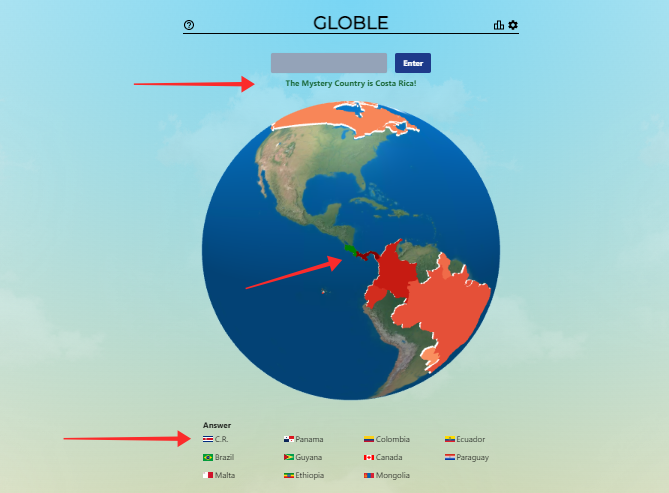
The answer gets revealed in a text under the text box, gets a green highlight on the globe, and also gets listed as the final one amongst all guesses.
Takeaways from the gameplay shall be briefly discussed now.
- Segment the globe into bigger fragments, preferably quarters in the beginning, and contract the scope of perusal depending on the information gleaned from each guess.
- Using Google Maps and world maps could help make quicker decisions.
- Referring to maps doesn’t make the gameplay any easier but gives you good guiding points to base your decisions regarding the follow-up guesses.
- Location jumps should depend on the country marked “closest” to the mystery location. Do not make rash jumps from one fragment to the other if sufficient information is not available to justify the move.
- Use guesses sparsely, not because of any limits to the number of available guesses but to meet the goal of completing the challenge in fewer moves.
Globle statistics and score
The stats board on Globle entails data related to the latest challenge as well overall progress in the game over the past such as the date of the latest win, total guesses taken in the current game, number of games won, maximum and current streak and average guesses computed on the basis of all the previous games.
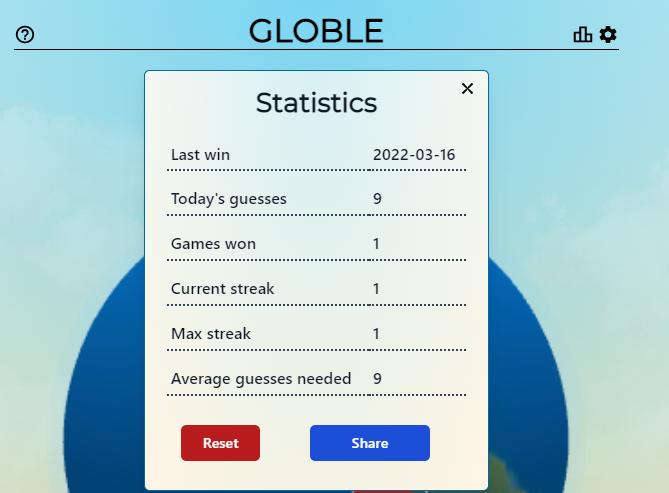
Hit Share to copy the score to the clipboard. You can show off all your impressive wins over social media and other platforms thus. The lesser the number of guesses, the more bragging rights you earn.

Globle is one of the Wordle spinoffs that deserves attention for its unique design and theme. I guess I have found a new variant to add to my daily games, what about you?


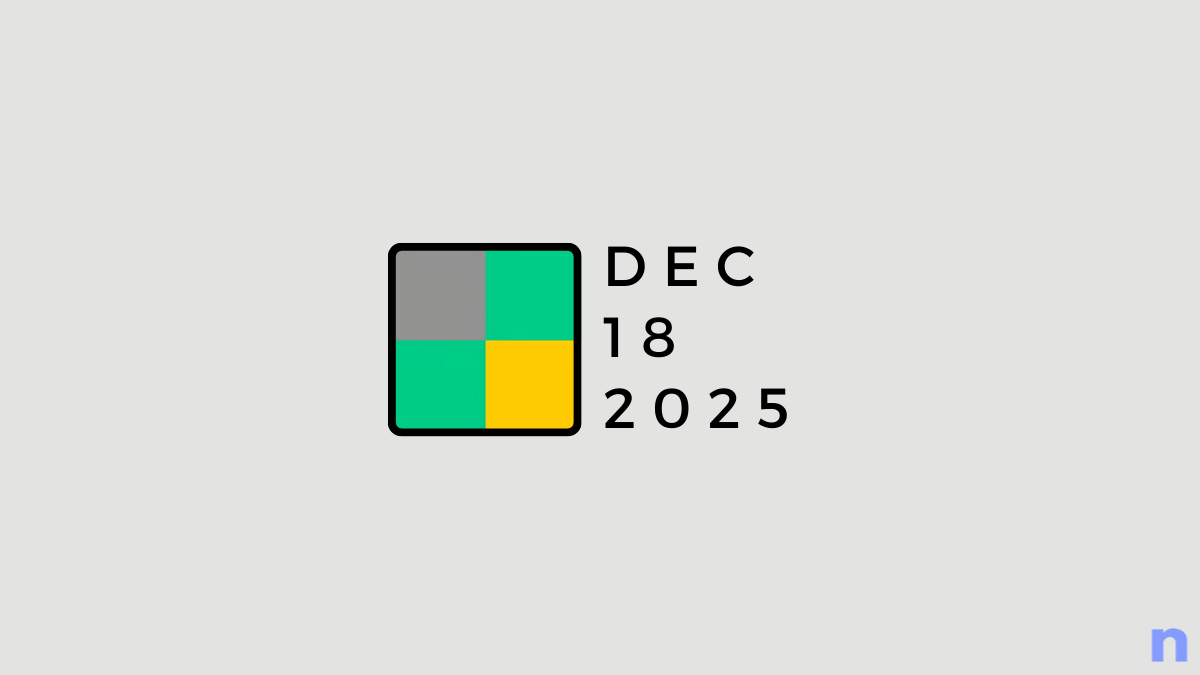

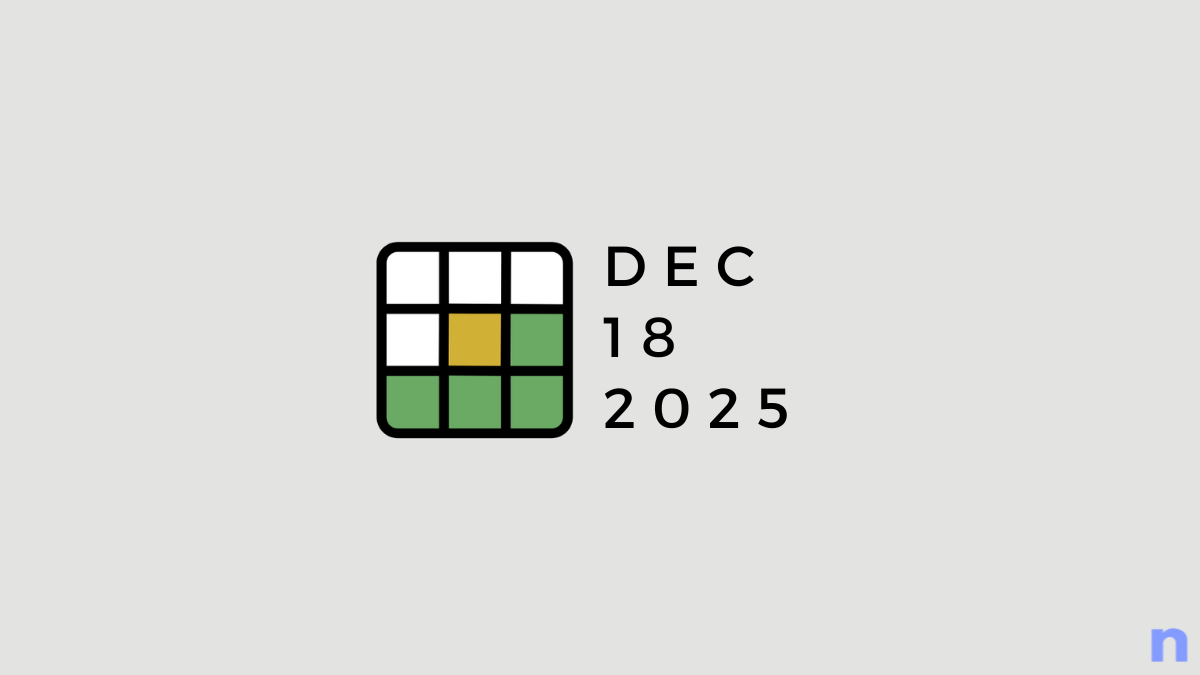
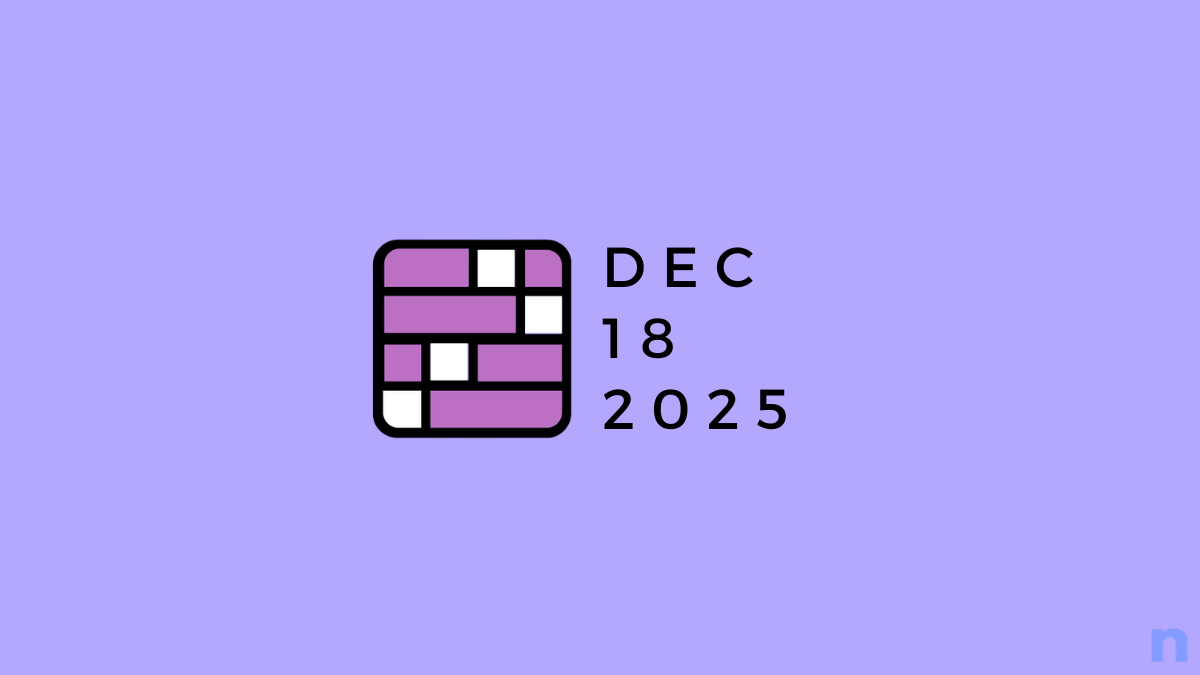
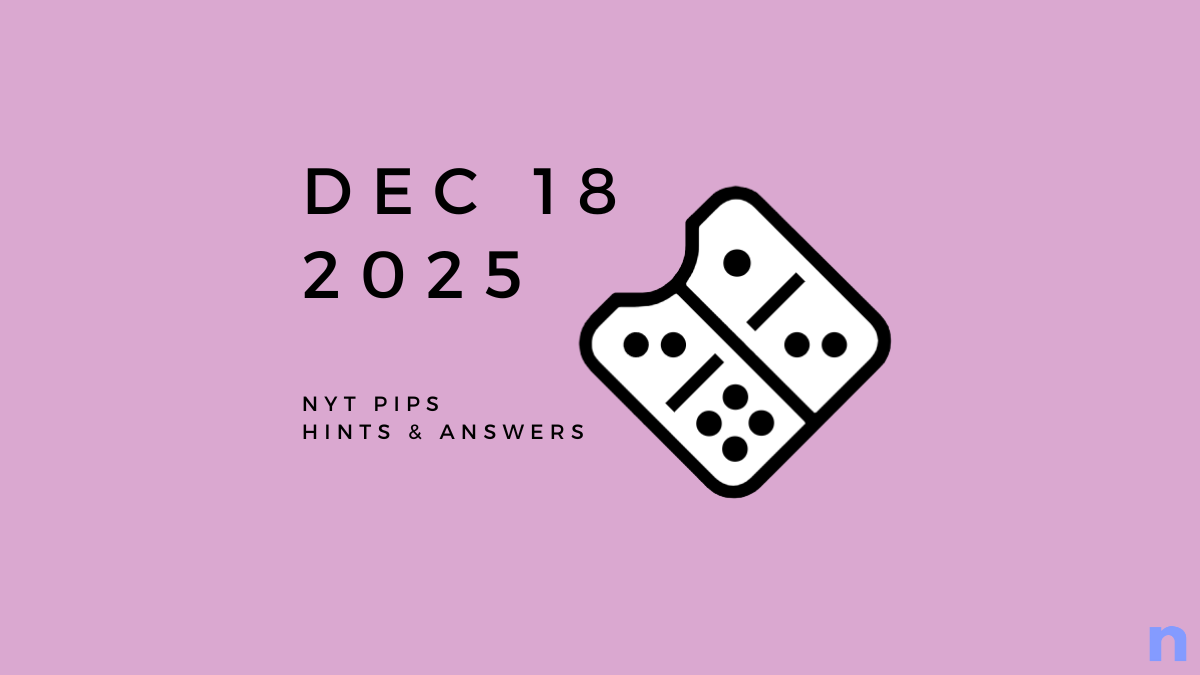
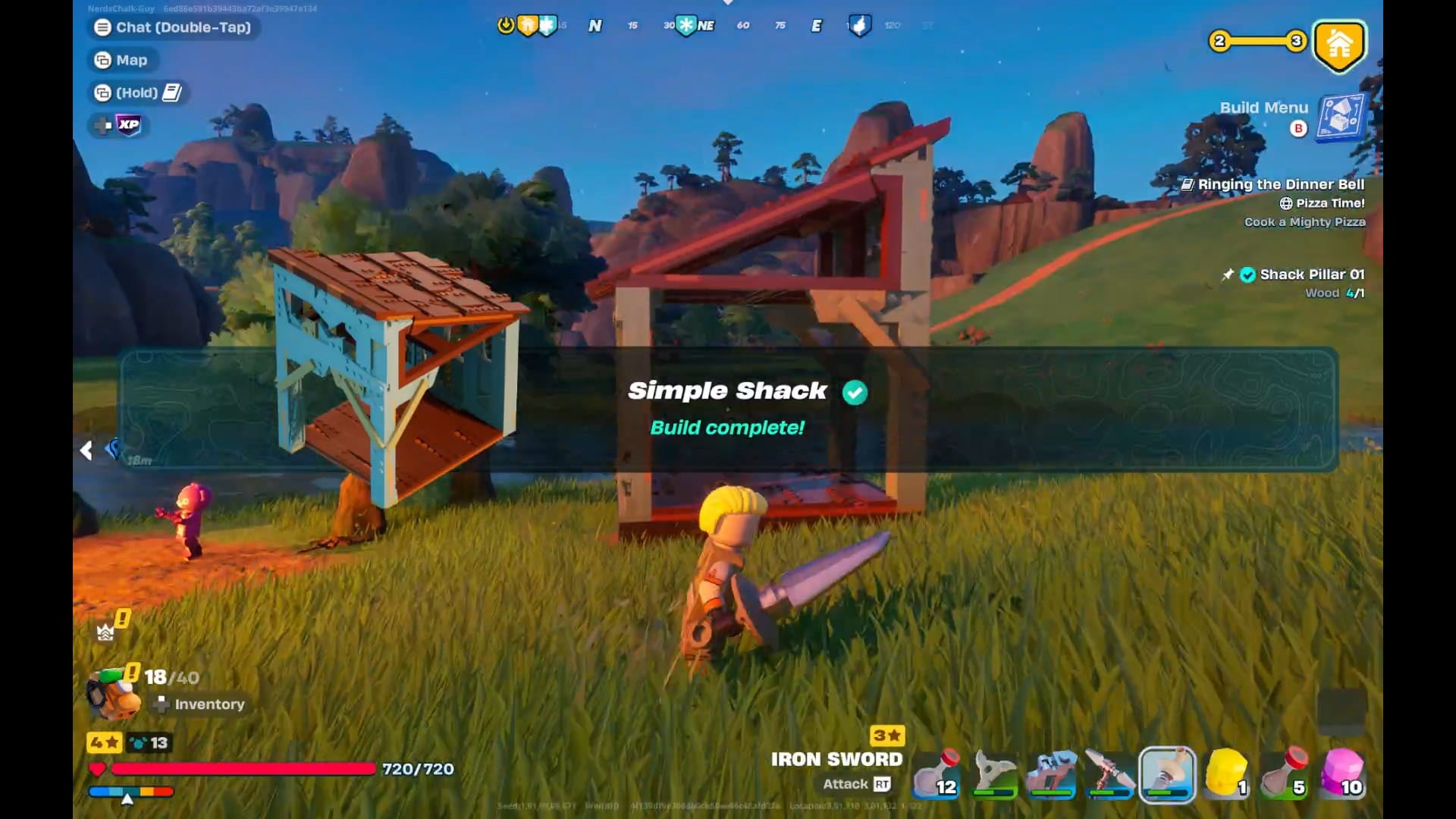
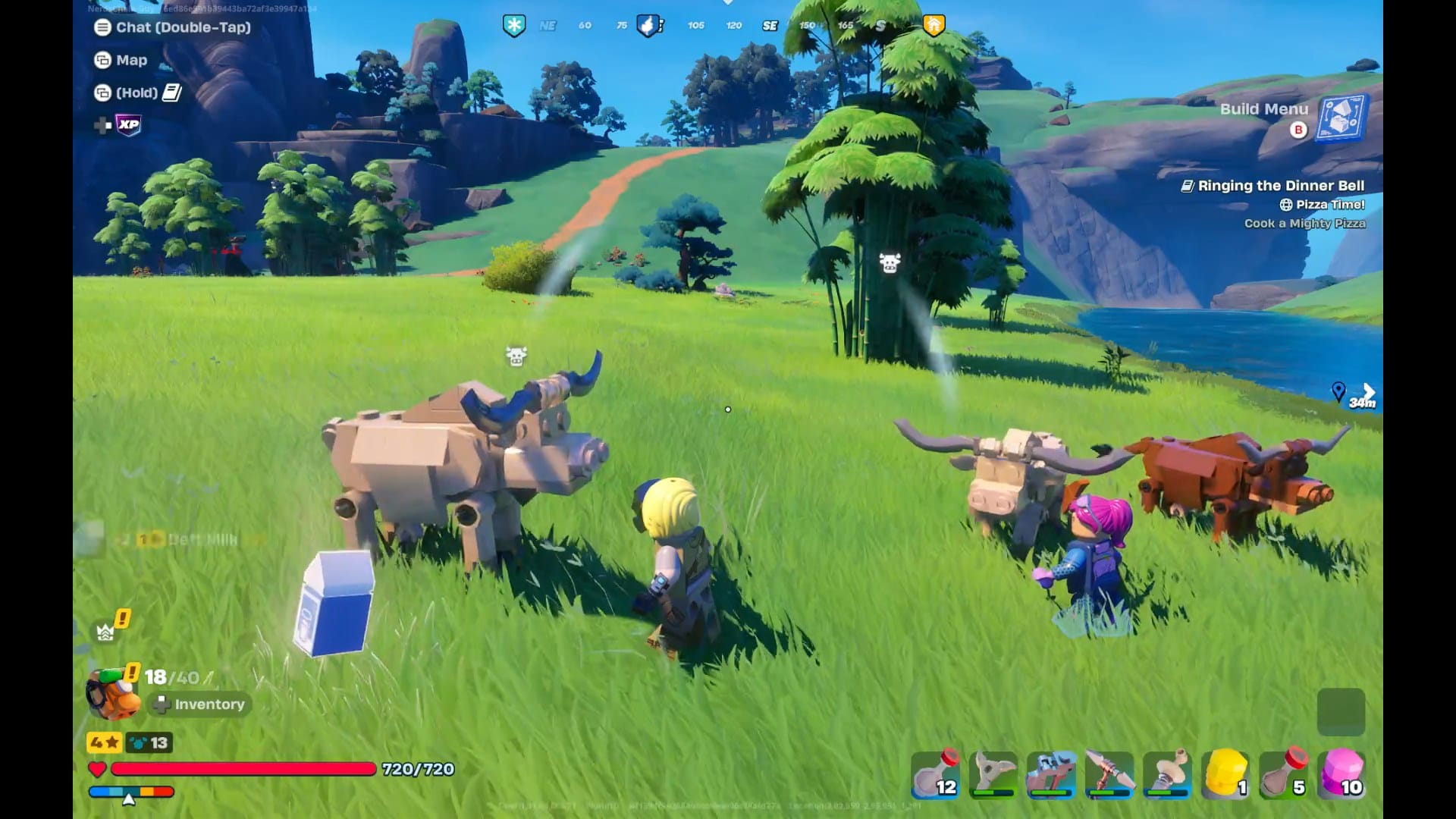
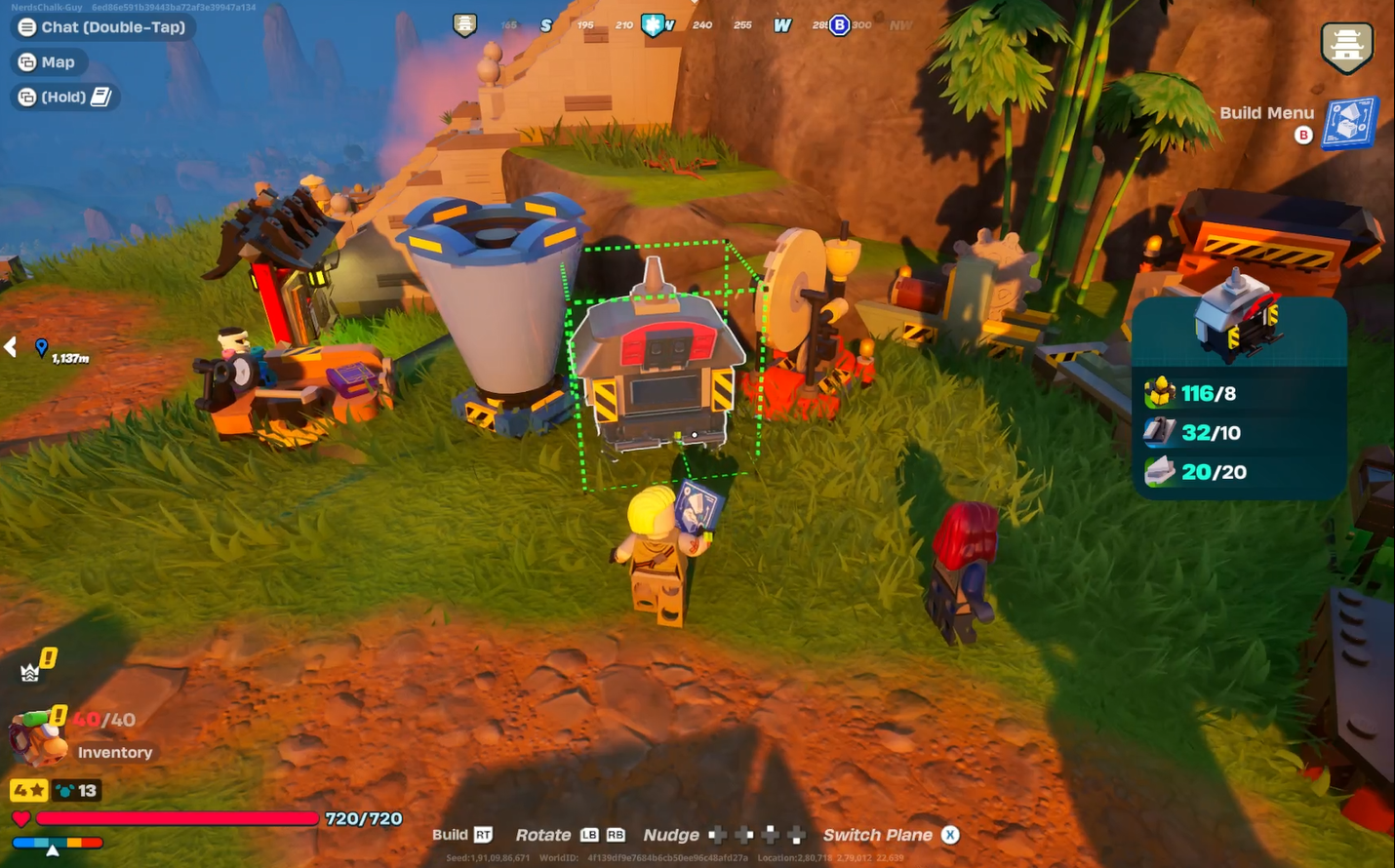

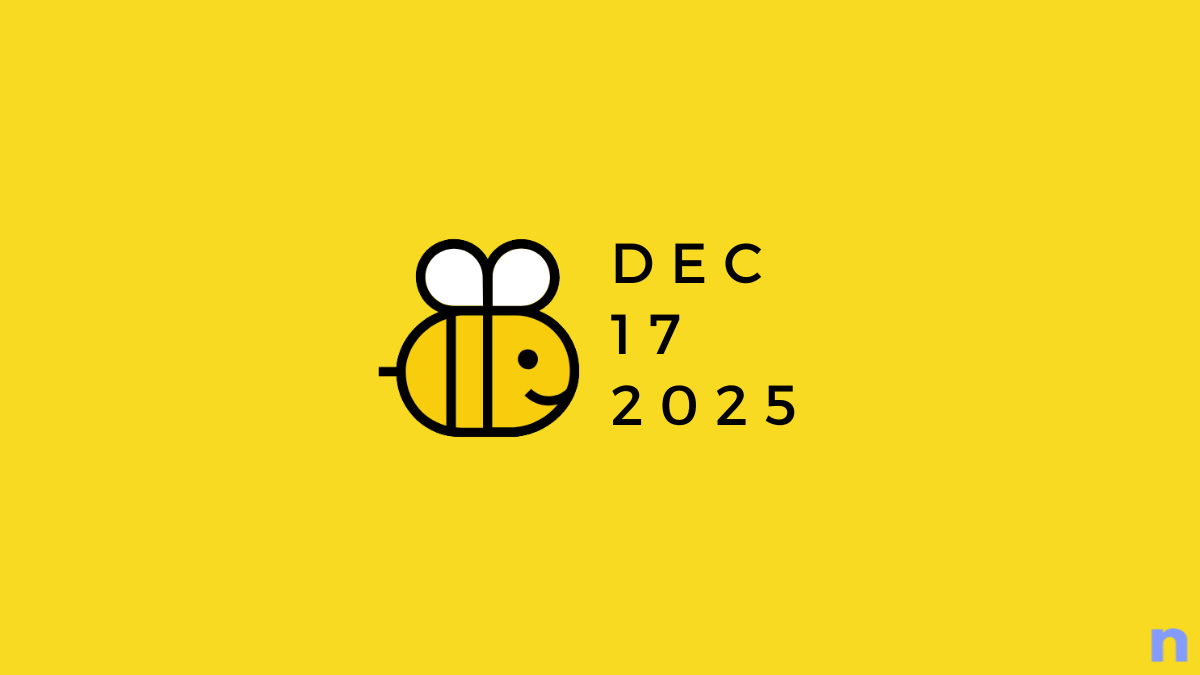
Discussion